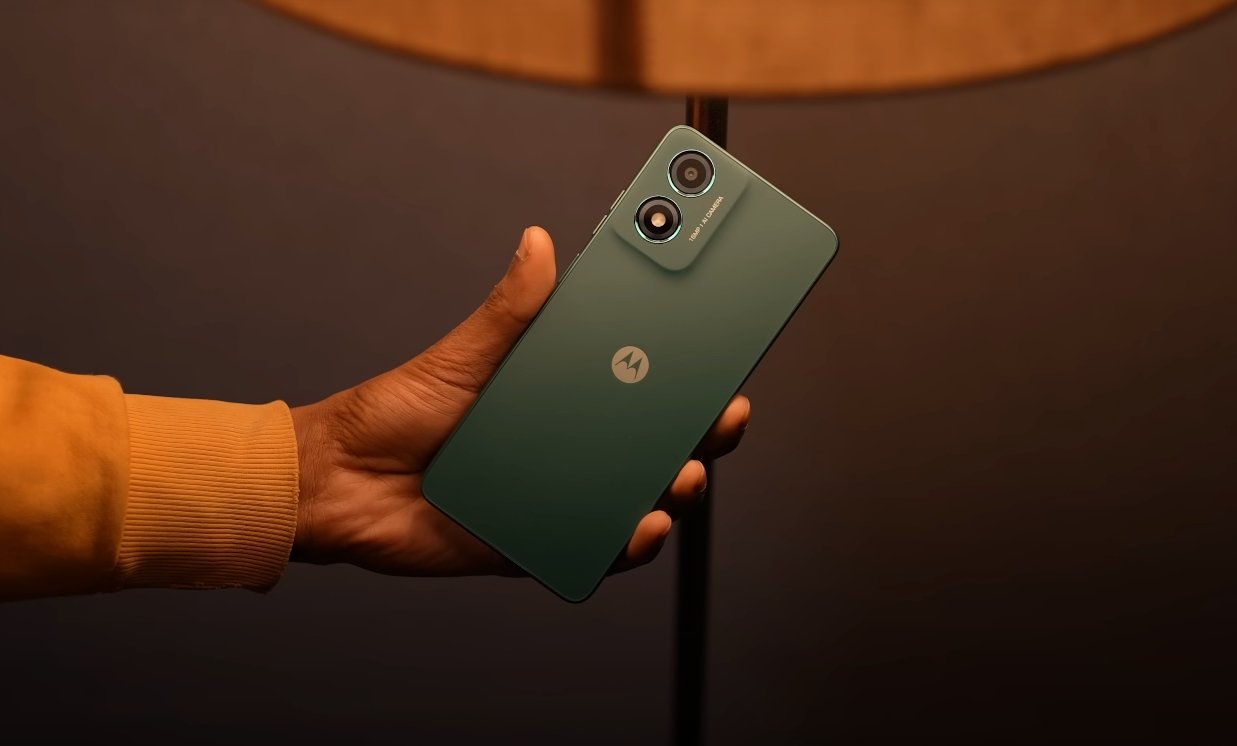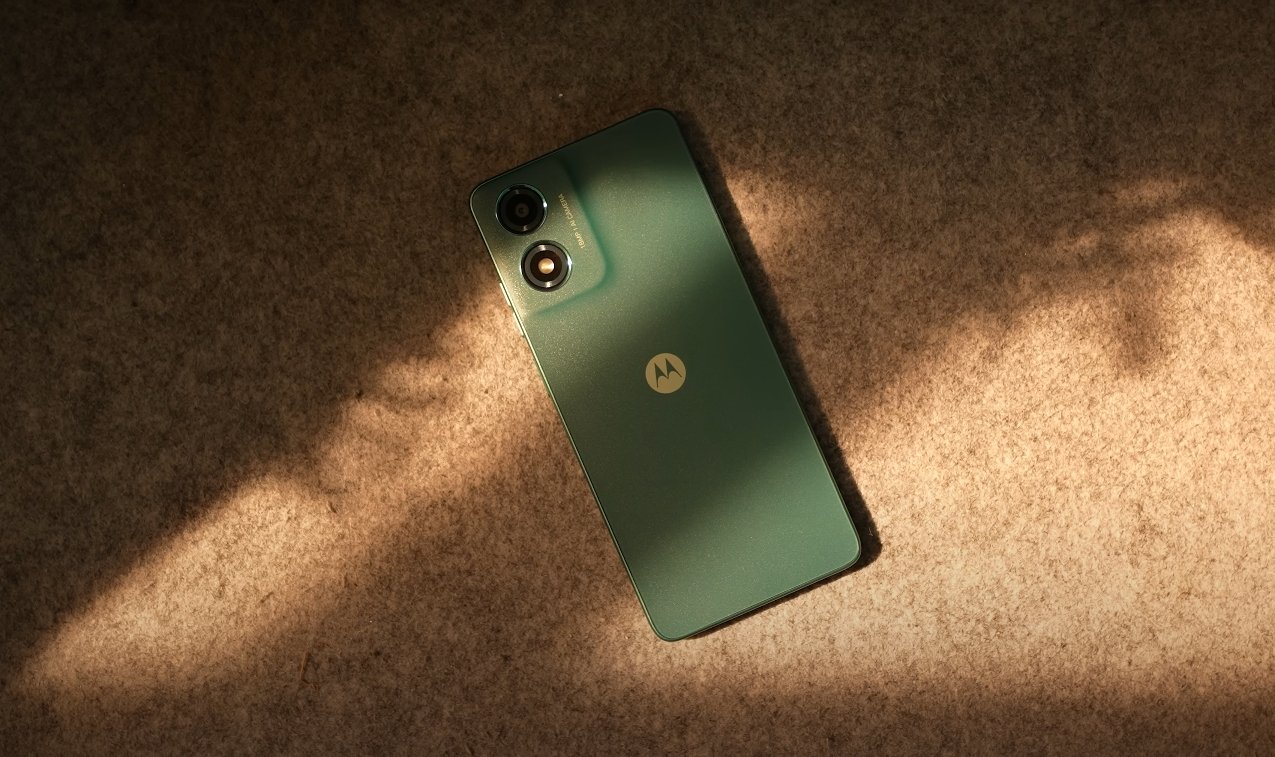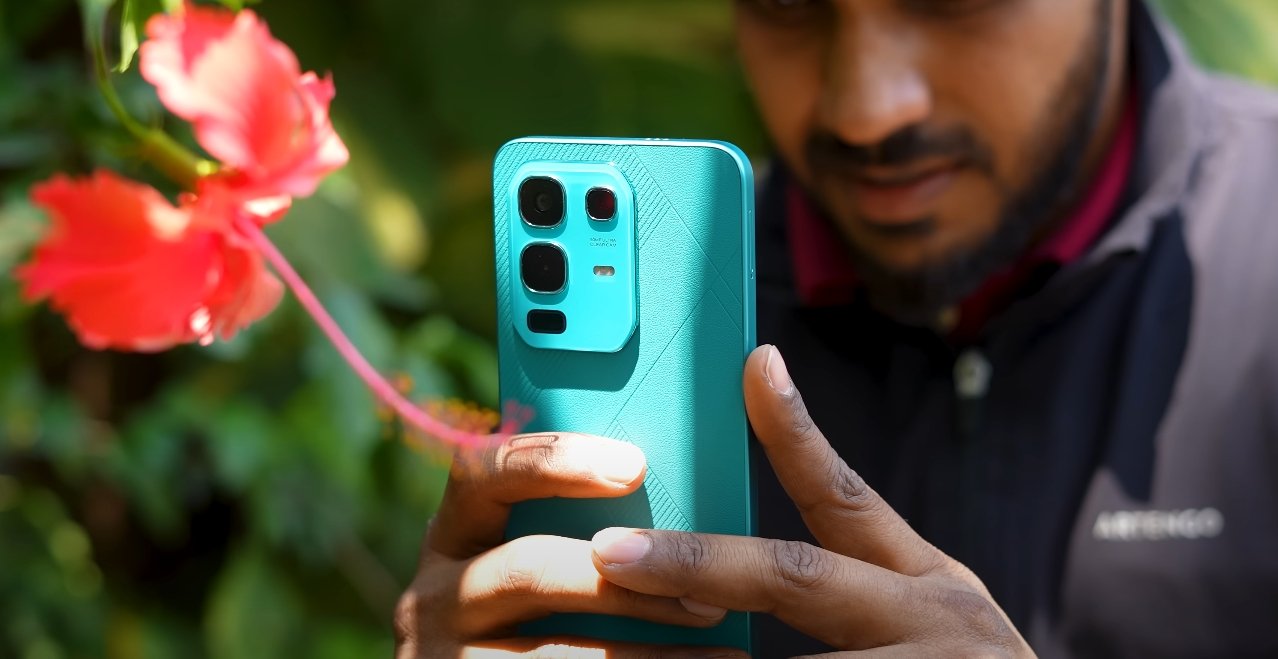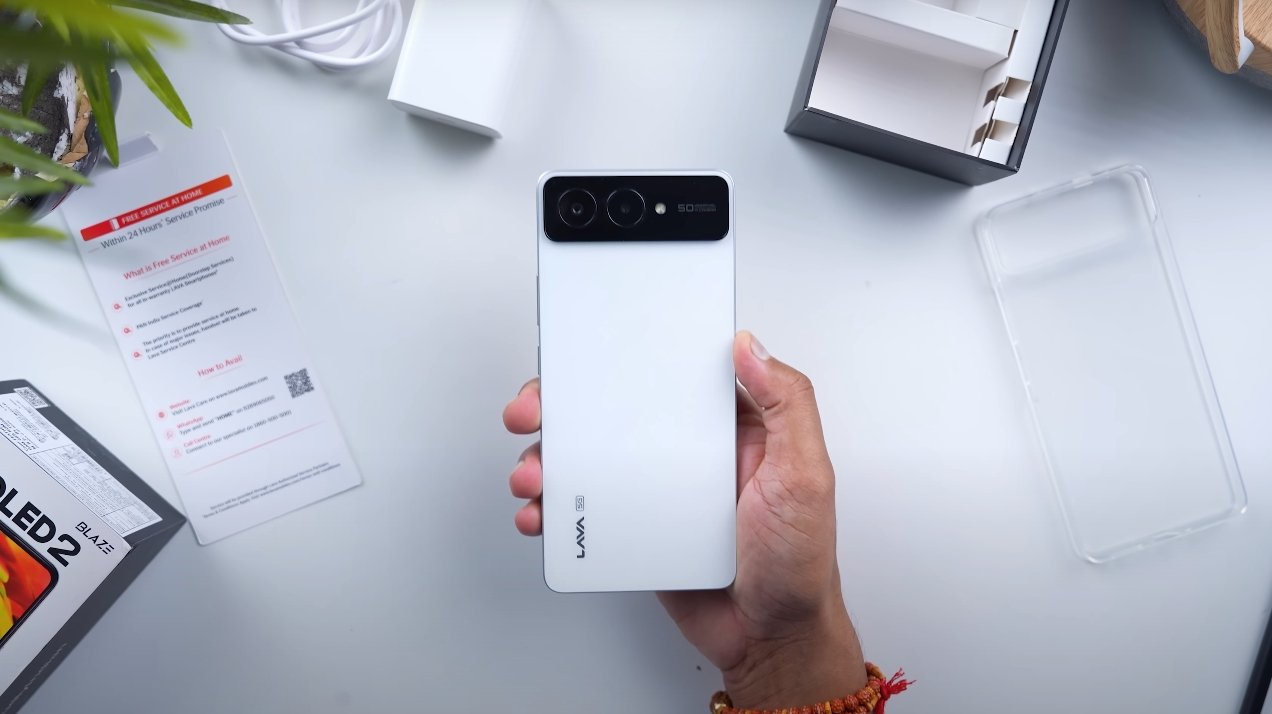Moto G06 Power Outdoor Display Performance Tested in the USA
Motorola’s Moto G06 Power has been designed as a practical smartphone that combines efficiency, style, and affordability. One of the most important factors for any modern smartphone is display visibility under direct sunlight. For USA users, outdoor screen brightness can make or break the experience—especially for those who spend time commuting, working outside, or traveling. The Moto G06 Power’s screen brightness has now been tested in outdoor conditions across various U.S. environments to evaluate its real-world performance.
The device features a 6.6-inch IPS LCD display with HD+ resolution. According to Motorola’s specifications, the Moto G06 Power can achieve up to 600 nits of peak brightness when adaptive brightness mode is active. This figure places it comfortably within the average range for mid-range smartphones. During manual testing outdoors, the screen brightness typically stays around 450 to 500 nits in standard mode. Once the phone detects strong sunlight, the adaptive mode automatically boosts the brightness to the upper limit, making the screen more readable.
In practical U.S. conditions, the Moto G06 Power performs reasonably well in daylight. On a sunny afternoon, text and icons remain legible when viewed directly, although reflections are noticeable if the screen is tilted. The IPS panel delivers decent color reproduction and contrast, which helps maintain clarity even in brighter surroundings. However, in peak sunlight—like on open roads or beaches—the display does show its limitations, especially when compared to premium OLED screens capable of crossing 1,000 nits of brightness.
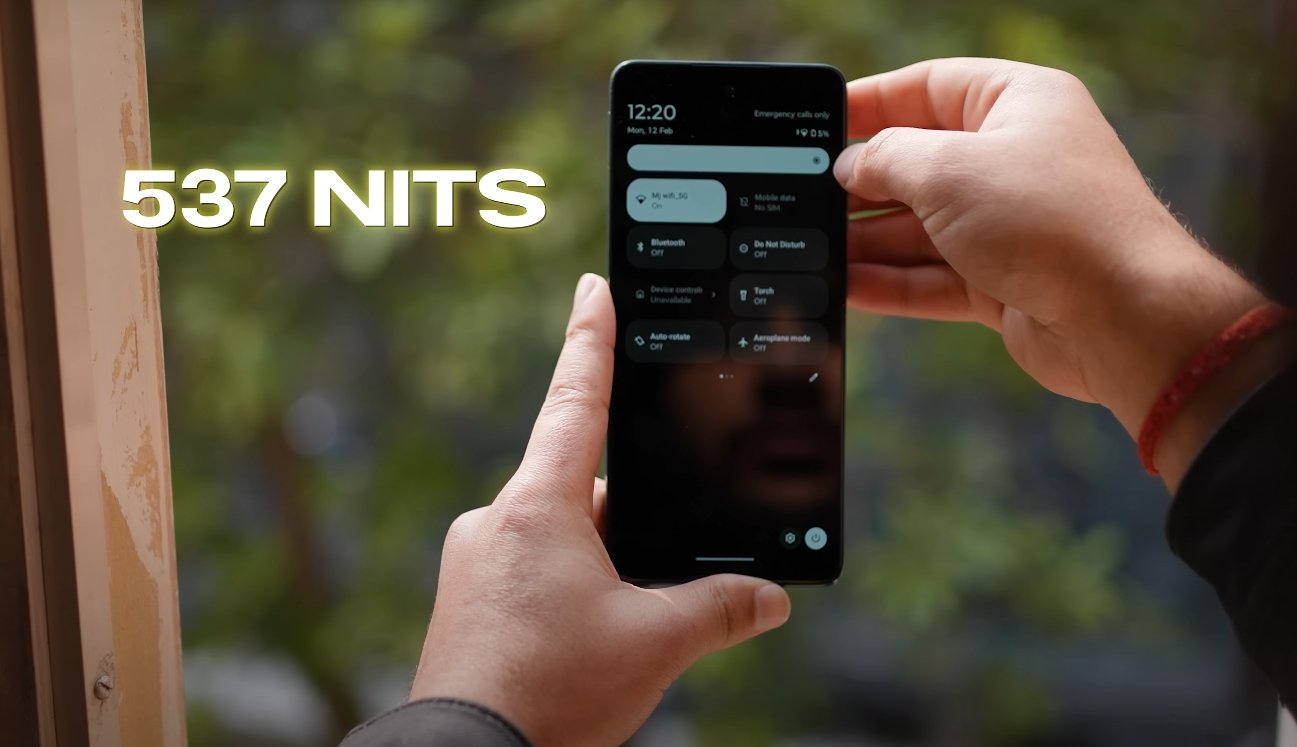
During field tests in different parts of the USA, including California, Texas, and Florida, the Moto G06 Power managed to remain functional outdoors without major usability issues. Reading messages, browsing social media, and even light gaming were comfortable enough, provided the user kept the brightness at its maximum. The display’s color balance stayed consistent, and there was no major distortion or washed-out appearance when viewed under intense light. This consistency makes it a reliable device for regular outdoor users who don’t expect flagship-level brightness.
Another factor that contributes to outdoor readability is the phone’s adaptive brightness system. Motorola’s software quickly detects changes in ambient lighting and adjusts the display accordingly. When moving from an indoor environment to direct sunlight, the transition happens within seconds. This feature ensures that users don’t have to manually adjust brightness every time, improving convenience for daily use. Additionally, the phone’s reflective coating slightly reduces glare, though it cannot completely eliminate mirror-like reflections.
While the Moto G06 Power performs admirably for its price, its limitations become visible under extreme sunlight. Watching videos or viewing photos in direct daylight requires shielding the screen with a hand or angling it away from glare. The brightness, though decent, doesn’t match the high-end standards of AMOLED-equipped models that excel in outdoor scenarios. However, given the phone’s budget category, the overall outdoor visibility remains satisfactory for most users.
In summary, the Moto G06 Power’s screen brightness test in the USA confirms that it offers solid outdoor performance for everyday use. Its 600-nit peak brightness allows for good visibility in typical sunlight conditions, while the adaptive brightness mode ensures seamless adjustment between environments. Although not ideal for heavy multimedia use under intense sun, it’s more than capable for texting, browsing, or navigation during the day. For American consumers looking for a well-balanced phone with dependable outdoor readability, the Moto G06 Power stands as an impressive choice within its price range.
